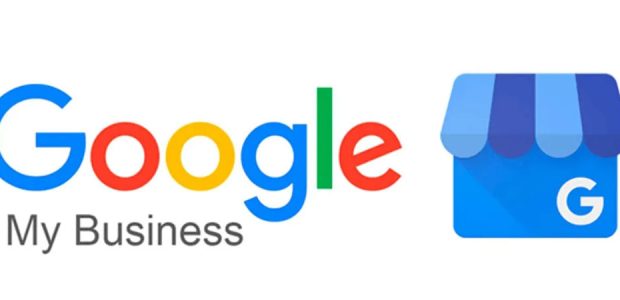In recent years, especially since the Covid-19 pandemic hit, consumers’ shopping habits have transformed in many ways. Most people are now comfortable with e-commerce platforms and more often they prefer online shopping to physically visit stores or companies. Online banking has also become one of the standard consumer practices as a convenient method of managing financial transactions. For that reason, it’s paramount that bank websites be well-optimized for search engines and have a strong online presence in order to be competitive. Still, appearing first on search engines when people look for banking services is not enough. Banks need to provide correct business information such as location address, contact number, or email address to prevent their potential customers from seeing outdated information and getting misled.
At this stage, local SEO enters the scene with its most powerful tool – Google My business. If used properly, this tool can be your bank’s bulletin board guiding your customers in the right direction. Here we will provide you with some tips on how to take advantage of your Google My Business profile.
What is Google My Business?
Anyone who has ever done a search on Google about a company is aware of the list of information presented on the right side of the browser. Here is where people can read about the address, contact information, or owners of that company. This widget presents Google My Business. Simply put, the Google My Business profile of any company is a collection of all available information about that company made visible to anyone who searches the browser for it.
In this way, users are able to find all basic information about a certain company, or in this case a bank, in one place. Any business can create a Google My Business profile and update all information for free.
How to Use Google My Business?
In reality, when searching for a company online Google will usually display any information it has on that company in the GMB section. The reason for this is that Google is scraping any data it can get from your website when it’s indexed and shows it as it reads it. However, sometimes it can happen that some of the pages aren’t indexed or the information is outdated. Therefore, Google will present the wrong data to anyone who is browsing the Internet and looking for your company.
In fact, if a company has a google account, it is likely that it has a Google My Business account as well. The only thing is that the information there is automatically pulled from the website. In order to control what Google presents to the users for your bank, you need to take ownership of the Google My Business account. All you need to do is log in to Google My Business and claim your business. Once you do that just follow the instructions provided and you will get your account in no time.
Most Important Parts of GMB That Needs to be Updated
It’s not rare that some businesses do open a Google My Business account, but end up not filling the entire profile out, or never actually updating it. This type of activity shouldn’t be a set-and-forget – it’s important to pay attention to it and manage it regularly.
The most important pieces of information that banks need to add to their Google My Business account are the following:
- Local branch address(es);
- Contact number(s);
- Business hours;
- Working days (when the bank is open and if there are any holidays when it’s open);
- Email address or alternative methods of communication with the bank.
Naturally, it’s essential that your customers are aware of this data or have easy access to it. And any new or potential customers can locate your bank at a click of a button. There is an option to include a lot more content in your GMB profile, and that can only add up to your SEO efforts. Still, make sure to add at least the above-mentioned information about your bank.
Benefits of Using Google My Business Profile
By creating and keeping your GMB profile up to date you are entering Google’s free service directory. In other words, GMB represents the yellow pages of the Internet, so as a bank you would want to be listed there. Being part of this directory will allow you to get closer to your potential customers. Furthermore, if your profile is optimized and up to date Google will consider these three factors to rank your bank website higher than the competitors:
- Distance. Or proximity – Google will check your address using the Google map app and rank your bank website higher for users who are physically nearer to your branch’s business location.
- Relevance. When users search ‘banks near me’ Google will measure the relevance of your GMB profile – if you have filled out all your business information it will put you out there in the top searches.
- Prominence. Google is also taking customers’ reviews into consideration when ranking bank websites. Therefore, if you get positive reviews on your GMB profile, you will likely get a higher ranking for relevant searches.
Finally, the best way for banks to take advantage of Google My Business profile is to share as much information as possible and in that way promote their business better.


